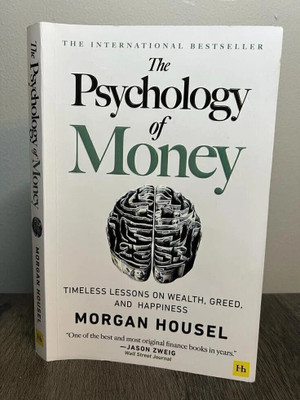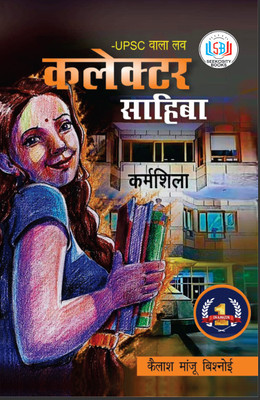
Ganit Pariksha Fal (Paperback, Hindi, THAKUR)
Share
Ganit Pariksha Fal (Paperback, Hindi, THAKUR)
Be the first to Review this product
₹88
₹90
2% off
Available offers
T&C
T&C
T&C
T&C
Delivery
Check
Enter pincode
Delivery by2 Sep, Tuesday
?
View Details
Highlights
- Author: THAKUR
- 112 Pages
- Language: Hindi
- Publisher: RAM PRASAD PUBLICATIONS
Services
- Cash on Delivery available?
Seller
Description
Unit-I 1.1Historical back ground : 1.1.1Development of Indian Mathematics Ancient and Early Classical Period (till 500 CE) 1.1.2A brief biography of Bhasharacharya (with special reference to Lilavati) and Madhava 1.2Successive differentiation 1.2.1Leibnitz theorem 1.2.2Maclaurin’s series expansion 1.2.3Taylor’s series expansion 1.3Partial Differentiation 1.3.1Partial derivatives of higher order 1.3.2Euler’s theorem on homogeneous functions 1.4Asymptotes 1.4.1Asymptotes of algebraic curves 1.4.2Condition for Existence of Asymptotes 1.4.3Parallel Asymptotes 1.4.4Asymptotes of polar curves Unit-II 2.1Curvature 2.1.1Formula for radius of Curvature 2.1.2Curvature at origin 2.1.3Centre of Curvature 2.2Concavity and Convexity 2.2.1Concavity and Convexity of curves 2.2.2Point of Inflexion 2.2.3Singular point 2.2.4Multiple points 2.3Tracing of curves 2.3.1Curves represented by Cartesian equation 2.3.2Curves represented by Polar equation Unit-III 3.1Integration of transeendental functions 3.2Introduction to Double and Triple Integral 3.3Reduction formulae 3.4Quadrature 3.4.1For Cartesian coordinates 3.4.2For Polar coordinates 3.5Rectification 3.5.1For Cartesian coordinates 3.5.2For Polar coordinates Unit-IV 4.1Linear differential equations 4.1.1Linear equation 4.1.2Equations reducible to the linear form 4.1.3Change of variables 4.2Exact differential equations 4.3First order and higher degree differential equations 4.3.1Equations solvable for x, y and p 4.3.2Equations homogenous in x and y 4.3.3Clairaut’s equation 4.3.4Singular solutions 4.3.5Geometrical meaning of differential equations 4.3.6Orthogonal trajectories Unit-V 5.1Linear differential equation with constant coefficients 5.2Homogeneous linear ordinary differential equations 5.3Linear differential equations of second order 5.4Transformation of equations by changing the dependent independent variable 5.5Method of variation of parameters
Read More
Specifications
| Book |
|
| Author |
|
| Binding |
|
| Publishing Date |
|
| Publisher |
|
| Edition |
|
| Number of Pages |
|
| Language |
|
| Genre |
|
| Book Subcategory |
|
Manufacturing, Packaging and Import Info
Be the first to ask about this product
Safe and Secure Payments.Easy returns.100% Authentic products.
Back to top






